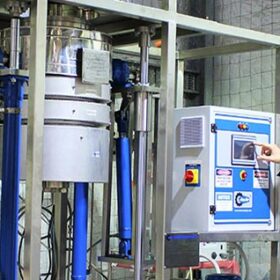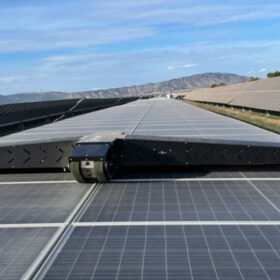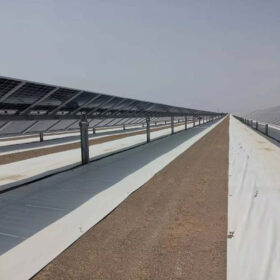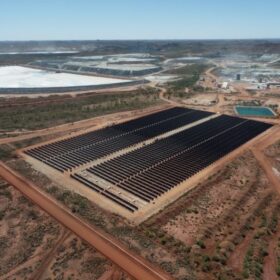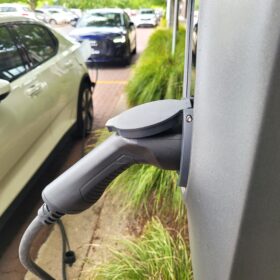Electric train steers South Australia toward net zero milestone
South Australia’s planned transition to a zero-emissions public transport system has reached a major milestone with the electrification of the passenger rail line between Adelaide’s CBD and Gawler in the north now complete.
CSIRO to source 5 MW of flexible demand in smart buildings project
Australia’s national science agency will lead a ‘smart buildings’ pilot project that has the potential to create a new ecosystem of technologies and solutions to support flexible demand for energy, offering a way to ease pressure on the grid during peak demand periods.
Battery tech company teams with miner on lithium project
Mining heavyweight Mineral Resources has signed a deal to progress Lithium Australia’s lithium extraction technology by funding the development and operation of a pilot plant that would produce lithium iron phosphate to be used in electric vehicle batteries.
Posco says rust-resistant steel has promise as BIPV solution
South Korean companies Posco and East-West Power are developing a new building-integrated solar photovoltaic solution. The new product uses special galvanized steel as the panel’s backside that Posco says lasts five to 10 times longer than standard steel.
The Hydrogen Stream: Scientists see iridium as obstacle to hydrogen aviation
A German research team says that demand for iridium, lanthanum and nickel could weigh on the growth of the global hydrogen-powered aviation market.
Enel develops robot for waterless cleaning of PV plants
Enel says it will work with Italian startup Reiwa to develop a robot for waterless cleaning of PV plants. The innovative device features brushes and can autonomously navigate across panel rows, eliminating the need for human intervention.
End-of-life PV panels used as building material
Scientists in India have proposed using solar modules at the end of their lifecycle as a building material for low-cost small housing units. With solar module recycling currently not viable economically, the researchers said their approach makes conventional solar panels into BIPV products without any modifications.
PVC knife-scratch coated fabric to increase albedo, energy yield in bifacial PV
China-based Halead is offering a reflective material for ground-mounted bifacial PV projects, which it claims can increase the annual power production of a solar plant by over 9%. Germany’s TÜV SÜD certified the performance of the solution.
Australian lithium miner gives go-ahead for on-site processing plant
Pilbara Minerals and Australian technology company Calix have received board approvals to build a ‘game changing’ processing plant to produce value-added lithium product at the miner’s flagship Pilgangoora project in Western Australia.
First commercial gravity-based energy storage tower begins commissioning
Energy Vault has begun commissioning a 25 MW / 100 MWh energy storage tower adjacent to a wind power facility outside of Shanghai.


